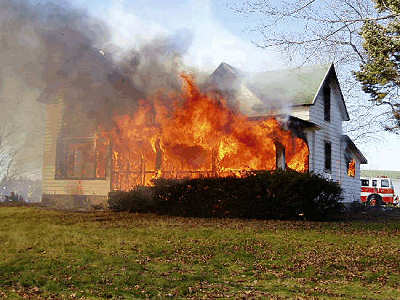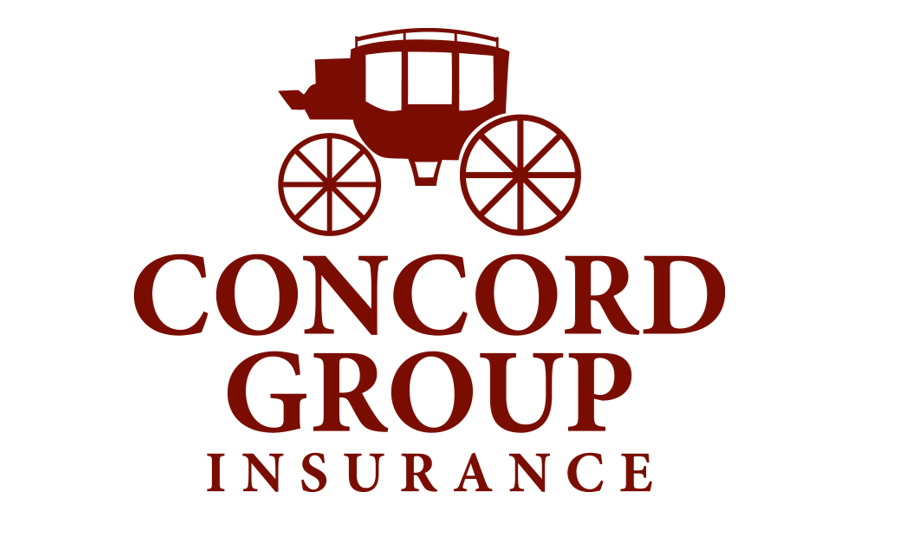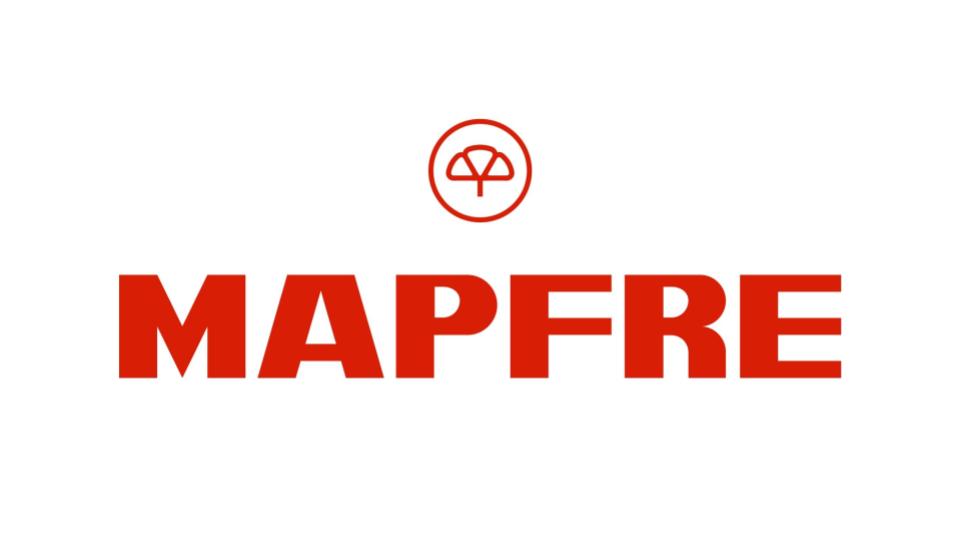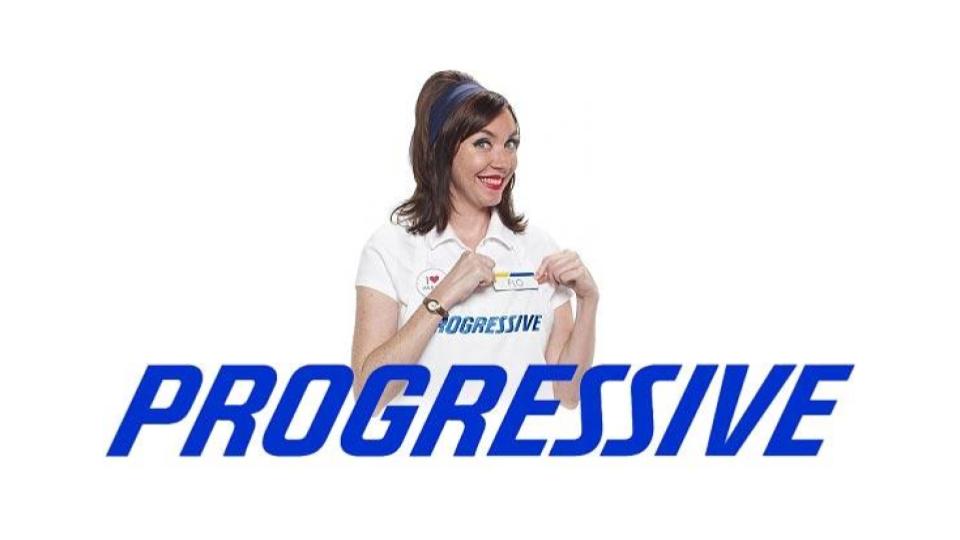Homeowners insurance provides financial protection against disasters. A standard policy insures the home itself  and the things you keep in it.
and the things you keep in it.
Homeowners insurance is a package policy. This means that it covers both damage to your property and your liability or legal responsibility for any injuries and property damage you or members of your family cause to other people. This includes damage caused by household pets.
Damage caused by most disasters is covered but there are exceptions. The most significant are damage caused by floods, earthquakes and poor maintenance. You must buy two separate policies for flood and earthquake coverage. Maintenance-related problems are the homeowners' responsibility.
What is included in a Standard Homeowner Policy?
A standard homeowners insurance policy includes four essential types of coverage. They include:
- Coverage for the structure of your home.
- Coverage for your personal belongings.
- Liability protection.
- Additional living expenses in the event you are temporarily unable to live in your home because of a fire or other insured disaster.
1. The structure of your house
This part of your policy pays to repair or rebuild your home if it is damaged or destroyed by fire, hurricane, hail, lightning or other disaster listed in your policy. It will not pay for damage caused by a flood, earthquake or routine wear and tear. When purchasing coverage for the structure of your home, it is important to buy enough to rebuild your home.
Most standard policies also cover structures that are detached from your home such as a garage, tool shed or gazebo. Generally, these structures are covered for about 10% of the amount of insurance you have on the structure of your home. If you need more coverage, talk to your insurance agent about purchasing more insurance.
2. Your personal belongings
Your furniture, clothes, sports equipment and other personal items are covered if they are stolen or destroyed by fire, hurricane or other insured disaster. Most companies provide coverage for 50% to 70% of the amount of insurance you have on the structure of your home. So if you have $100,000 worth of insurance on the structure of your home, you would have between $50,000 to $70,000 worth of coverage for your belongings. The best way to determine if this is enough coverage is to conduct a home inventory.
This part of your policy includes off-premises coverage. This means that your belongings are covered anywhere in the world, unless you have decided against off-premises coverage. Some companies limit the amount to 10% of the amount of insurance you have for your possessions. You have up to $500 of coverage for unauthorized use of your credit cards.
Expensive items like jewelry, furs and silverware are covered, but there are usually dollar limits if they are stolen. Generally, you are covered for between $1,000 to $2,000 for all of your jewelry and furs. To insure these items to their full value, purchase a special personal property endorsement or floater and insure the item for it's appraised value. Coverage includes “accidental disappearance,” meaning coverage if you simply lose that item. And there is no deductible.
Trees, plants and shrubs are also covered under standard homeowners insurance. Generally you are covered for 5% of the insurance on the house—up to about $500 per item. Perils covered are theft, fire, lightning, explosion, vandalism, riot and even falling aircraft. They are not covered for damage by wind or disease.
3. Liability protection
Liability covers you against lawsuits for bodily injury or property damage that you or family members cause to other people. It also pays for damage caused by your pets. So, if your son, daughter or dog accidentally ruins your neighbor’s expensive rug, you are covered. However, if they destroy your rug, you are not covered.
The liability portion of your policy pays for both the cost of defending you in court and any court awards—up to the limit of your policy. You are also covered not just in your home, but anywhere in the world.
Liability limits generally start at about $100,000. However, experts recommend that you purchase at least $300,000 worth of protection. Some people feel more comfortable with even more coverage. You can purchase an umbrella or excess liability policy which provides broader coverage, including claims against you for libel and slander, as well as higher liability limits. Generally, umbrella policies cost between $200 to $350 for $1 million of additional liability protection.
Your policy also provides no-fault medical coverage. In the event a friend or neighbor is injured in your home, he or she can simply submit medical bills to your insurance company. This way, expenses are paid without a liability claim being filed against you. You can generally get $1,000 to $5,000 worth of this coverage. It does not, however, pay the medical bills for your family or your pet.
4. Additional living expenses
This pays the additional costs of living away from home if you can't live there due to damage from a fire, storm or other insured disaster. It covers hotel bills, restaurant meals and other living expenses incurred while your home is being rebuilt. Coverage for additional living expenses differs from company to company. Many policies provide coverage for about 20% of the insurance on your house. You can increase this coverage, however, for an additional premium. Some companies sell a policy that provides an unlimited amount of loss-of-use coverage, but for a limited amount of time.
If you rent out part of your house, this coverage also reimburses you for the rent that you would have collected from your tenant if your home had not been destroyed.
Can I get insurance if I rent my home?
Renters insurance provides financial protection against the loss or destruction of your possessions when you rent a house or apartment. While your landlord may be sympathetic to a burglary you have experienced or a fire caused by your iron, destruction or loss of your possessions is not usually covered by your landlord’s insurance. Because in most cases, renters insurance covers only the value of your belongings, not the physical building, the premium is relatively inexpensive.
By purchasing renters insurance, your possessions are covered against losses from fire or smoke, lightning, vandalism, theft, explosion, windstorm and water damage (not including floods). Like homeowners insurance, renters insurance also covers your responsibility to other people injured at your home or elsewhere by you, a family member or your pet and pays legal defense costs if you are taken to court.
Renters insurance covers your additional living expenses if you are unable to live in your apartment because of a fire or other covered peril. Most policies will reimburse you the difference between your additional living expenses and your normal living expenses but still may set limits as to the amount they will pay.
There are two types of renters insurance policies you may purchase:
- Actual Cash Value – pays to replace your possessions minus a deduction for depreciation up to the limit of your policy
- Replacement Cost – pays the actual cost of replacing your possessions (no deduction for depreciation) up to the limit of your policy
With either policy, you may want to consider purchasing a floater. A standard renters policy offers only limited coverage for items such as jewelry, silver, furs, etc. If you own property that exceeds these limits, it is recommended that you supplement your policy with a floater. A floater is a separate policy that provides additional insurance for your valuables and covers them for perils not included in your policy such as accidental loss.
Information on this page is used with permission ©  Insurance Information Institute, Inc
Insurance Information Institute, Inc .
.












